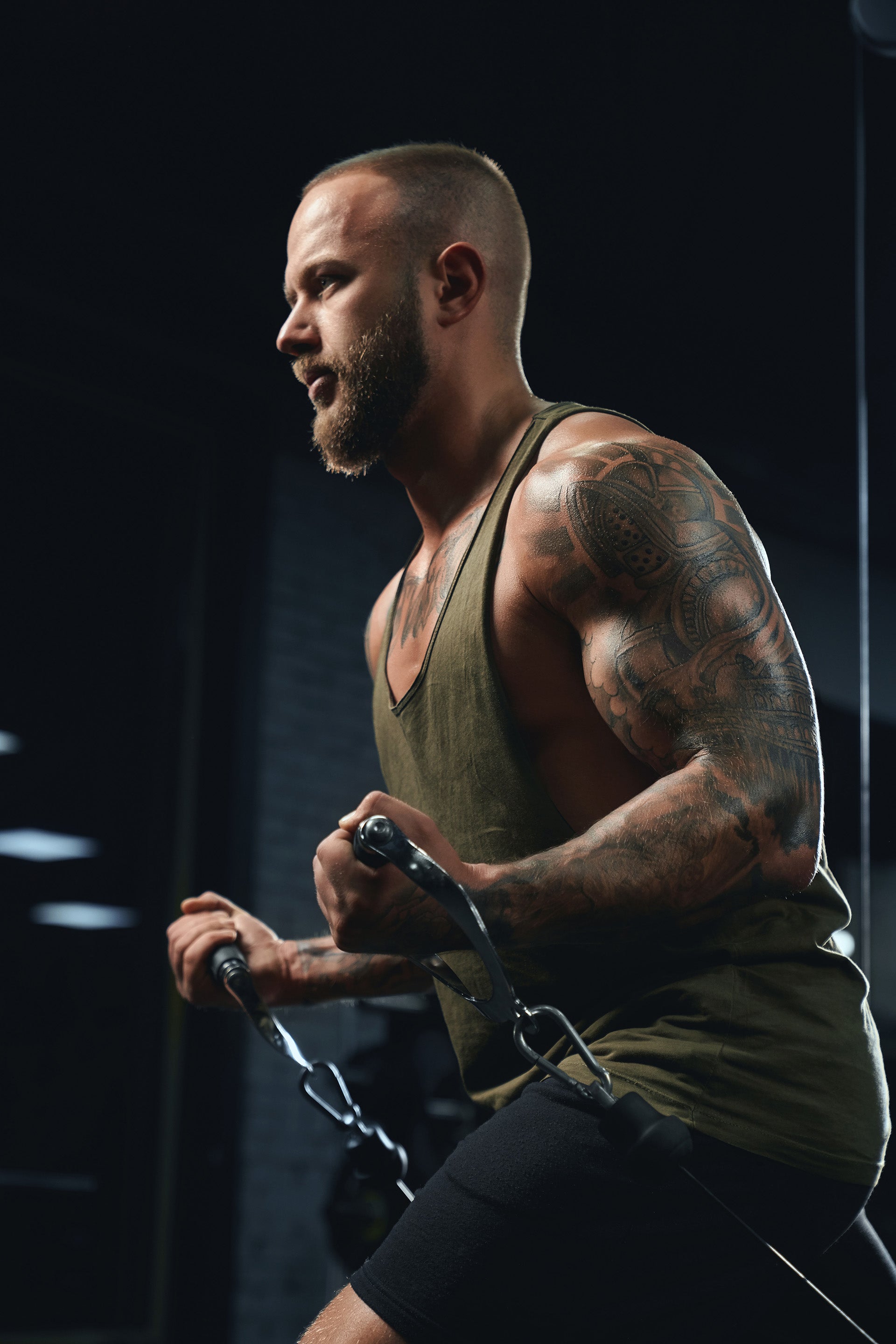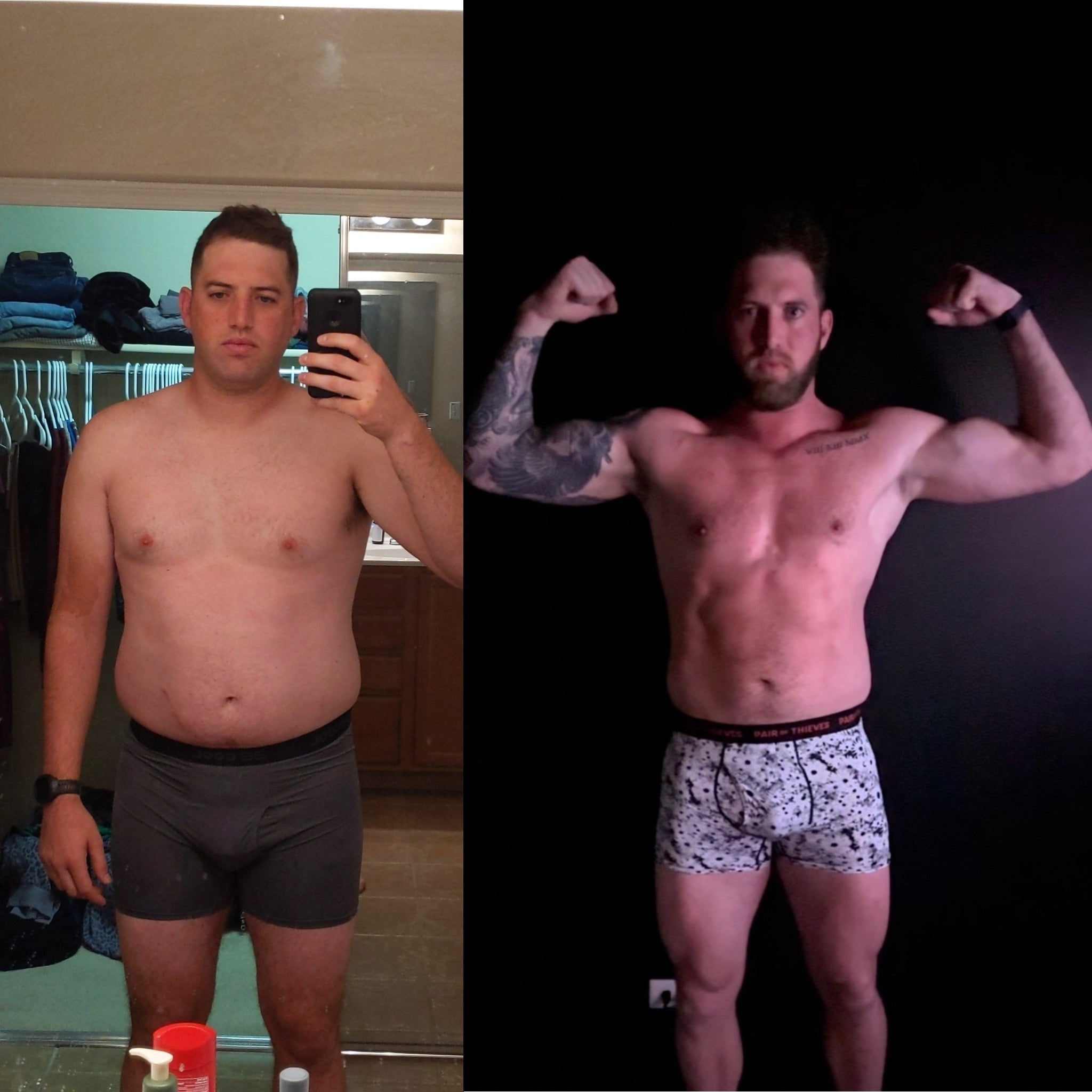Resistance training is one of the most powerful tools you can use to transform your body and improve your quality of life. It’s not just about lifting weights or building muscle—it’s about creating a foundation for long-term health, confidence, and independence. Let’s break down why resistance training is essential, how to get started, and how to tailor it to meet your goals.
---
The Benefits of Resistance Training
Resistance training does more than make you stronger. It provides benefits that extend far beyond the gym:
- Boosted Metabolism: Increased muscle mass means a higher resting metabolic rate, which helps you burn more calories even at rest, but more importantly it allows you to eat more calories without negative effects!
- Bone Health: It’s the only way to prevent bone loss as you age, reducing the risk of osteoporosis and frailty as you age.
- Independence: Maintains function and mobility, allowing you to live independently well into old age.
- Longevity: Resistance training decreases all-cause mortality by 11%, and when combined with cardio, that number jumps to 40%.
- Confidence: The strength and physical changes you gain will boost your confidence and self-esteem.
In short, resistance training isn’t just for aesthetics—it’s for your health, your future, and your overall quality of life. When it comes to independence late in life, it is second to none. I like to think of it this way: Cardio will help you live into your 90s. Resistance training will also increase your length of life. If you only did cardio you may live into your 90s but you might be in a wheelchair for the last 20 years. With resistance training, you’ll be able to climb in and out of a car without help, carry your grandkids, and live a productive and independent life up until the end.
---
The Early Struggles: Pain and Progress
Let’s be honest—starting resistance training isn’t easy. The first three weeks can be tough. Expect soreness, fatigue, and some mental resistance. But here’s the good news: if you stay consistent, it gets much easier in just a couple of weeks. The pain subsides, your body adapts, and you start to feel stronger and more capable. Sooner than you think, you will find yourself looking forward to your lifts or missing them on your days off!
No Pain, No Gain
While the saying might sound cliché, it holds some truth. Progress requires effort, and getting sore is a natural part of building muscle. That doesn’t mean you need to overdo it or push to the point of injury, but you do need to challenge yourself. There’s no benefit in pushing so hard that you can’t move for the next two days. Start slow but with enough intensity to have mild muscle soreness in the following few days.
Progressive Overload: The Key to Building Muscle
To build muscle, you must continually push your limits. This is called progressive overload, and it’s the foundation of effective resistance training. Whether it’s lifting heavier weights, doing more reps, or adding another workout, you need to progressively increase the challenge to see results.
---
Getting Started: A Beginner’s Guide
If you’re new to resistance training, don’t worry—it’s easier than it seems. Here’s a simple plan to get you started:
1. Start Small: Begin with 2-3 days per week. You wont need to do more than 2-4 movements per day. I recommend starting with a push/pull/legs plan to hit each movement of the body. Keep your workouts short—20-30 minutes while staying focused is plenty when you’re starting out.
2. Expect Soreness: After your first session, you’ll likely be sore for several days. This is normal and will lessen over time. Eventually, it will become difficult to get sore, so relish them while you can! Remember, enjoy the journey!
3. Split Your Workouts: After a few weeks, as soreness subsides, increase your frequency by a day at a time building up to 6 days per week if you’d like. You do not have to lift 6 days per week but you also don’t want to lift more than 6 days per week because you need time to rest. 4 days per week is enough to continue seeing results. Beyond that, it depends on your objectives and interests. Here’s an example of a push/pull/legs split that you can do from day 1:
- Pushing (shoulders, chest, triceps): should press or lateral raises, chest press or pushups.
- Pulling (back, biceps): row, bicep curl.
- Legs (quads, glutes, hamstrings, calves): Leg press, leg curl.
4. Keep Progressing: When your workouts start to feel easy, add another day or extend your sessions to keep challenging yourself. You will need to incorporate more exercises if you want to effectively build and make your whole body healthy and functional. Simply doing 4 exercises per day, 4 days per week, is enough to address the whole body and continue to improve. Again, depending on your goals and interests, you may settle on a completely different number of exercises and days.
---
My Personal Approach to Resistance Training
I’ve been lifting for years, and my routine has evolved with my goals. Currently, I lift six days per week for 60-90 minutes. But I also go through cycles of lifting 4 or 5 days per week to allow more rest when needed. I like to pick a muscle group to focus on for about 3 months. I pick an area that I feel is relatively deficient or that I would like to increase to balance out my proportions to be more aesthetic. I tend to lift 6 days per week simply because I love doing it.
Customizing Your Training
One of the best things about resistance training is its flexibility. You can tailor your workouts to shape your body however you like:
- Big Booty: Focus on glute exercises like squats, hip thrusts, and glute bridges.
- Thin Waist: Prioritize shoulders, lats, glutes, and legs to create an hourglass silhouette.
- Balanced Physique: Incorporate exercises for all major muscle groups.
Over time, you’ll learn what works best for your body and your goals. If you’re an athlete or have a sport your like to compete in then you can tailor your lifts to enhance the areas of your body to improve your performance in that sport. There is no sport that isn’t enhanced with resistance training.
---
The Big Picture: Building a Lifestyle
Resistance training isn’t just a phase or a temporary fix—it’s a lifestyle. By staying consistent and challenging yourself, you’ll not only transform your body but also your health, mindset, and confidence.
Remember, the journey might start with three weeks of soreness, but the long-term rewards are worth it. Stick with it, push your limits, and watch as your strength and resilience grow. Whether you’re lifting twice a week or six times, resistance training is your ticket to a healthier, happier, and more independent future.



